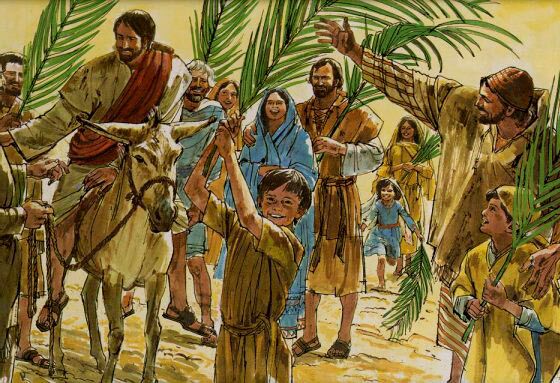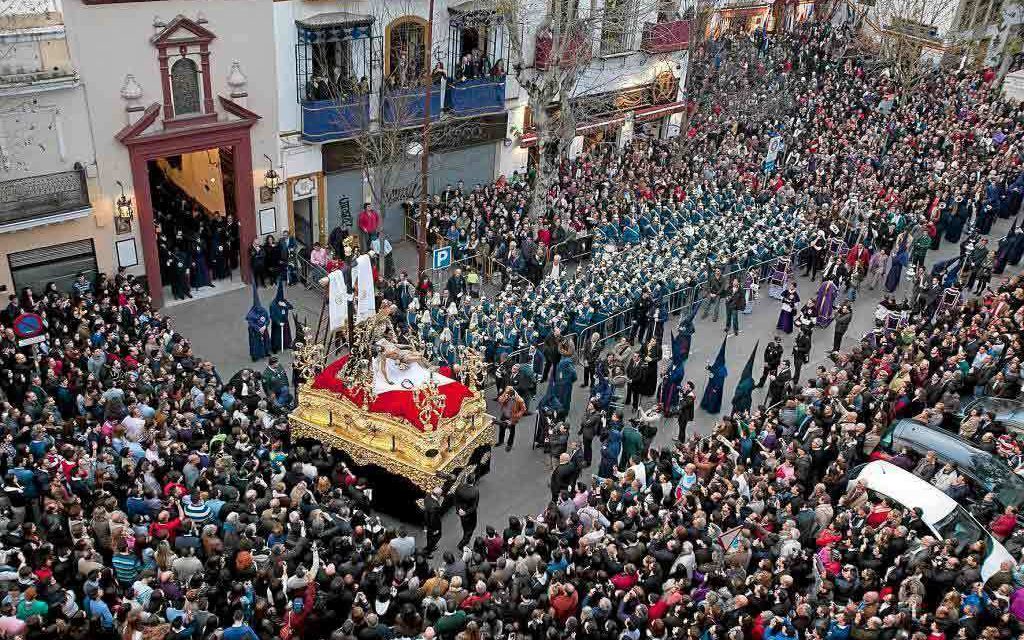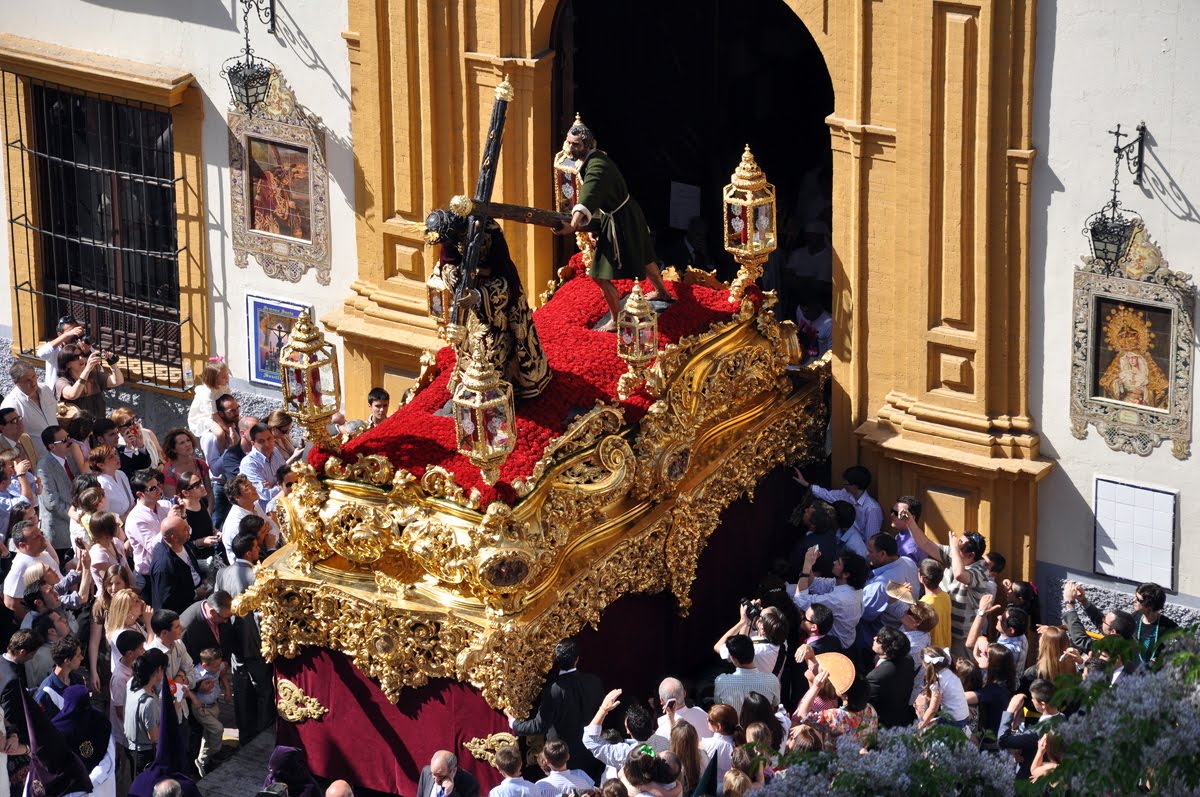Holy Week is one of the most important celebrations in the Christian calendar. It is commemorated in many countries with processions, religious rituals, and traditions that blend spirituality with culture. But do you really know what Holy Week means, where it comes from, and why it is celebrated?
What is Holy Week?
Holy Week is a religious commemoration that remembers the final days of Jesus Christ’s life: his passion, death, and resurrection. It is celebrated every year between March and April, depending on the lunar calendar, and culminates with Easter Sunday.
This week begins with Palm Sunday, which commemorates Jesus’ triumphant entry into Jerusalem, and ends with Easter Sunday, which celebrates his victory over death.

History of Holy Week
The origins of Holy Week go back to the early centuries of Christianity. Since the 4th century, the Church began to formally commemorate the final days of Jesus. Over time, specific rituals were established for each day, and during the Middle Ages the famous processions began to be organized, especially in countries like Spain and Italy.
As the centuries passed, the tradition was enriched with cultural, artistic, and social elements. Today, Holy Week is not only a religious celebration but also a cultural expression that draws thousands of people from all over the world.

Why is it celebrated?
Holy Week is celebrated to reflect on the sacrifice of Jesus, who, according to Christian faith, died for the salvation of humanity. It is a time of reflection, forgiveness, and hope.
Each day of Holy Week carries special meaning:
- Palm Sunday: Jesus’ entrance into Jerusalem.
- Holy Thursday: The Last Supper with his disciples and the washing of feet.
- Good Friday: The crucifixion and death of Jesus.
- Holy Saturday: A day of silence and waiting.
- Easter Sunday: The celebration of Jesus’ resurrection, symbolizing new life and triumph over death.
A celebration with many expressions
Although the central meaning remains the same, the way Holy Week is experienced varies by region. In some places, it is solemn and quiet; in others, festive and vibrant. The processions, with their religious images, drums, and brotherhoods, are among the most well-known and moving expressions of this celebration.





